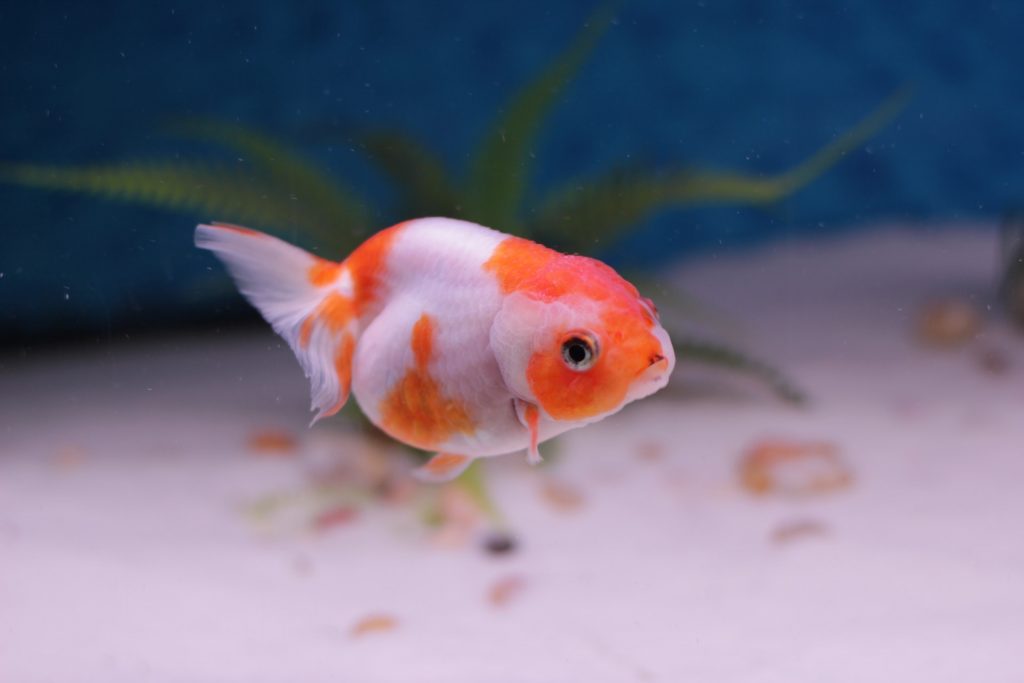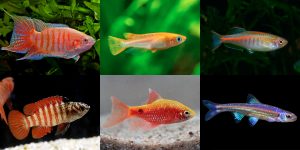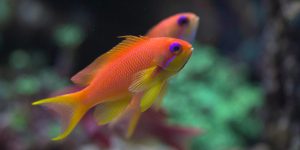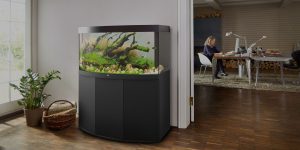Ask any number of people, and you’ll quickly find that owning a pet goldfish is a right of passage as a child. Colourful, perceived to be easy to care for, readily available, and inexpensive, millions of parents worldwide have bought their kids one or more goldfish as they were growing up.
Often seen as an exercise in responsibility and a cute pet all in one, many goldfish find themselves destined to live out their lives in unsuitable surroundings.
Goldfish can live for 20 years or more if properly cared for. Yet many, confined to unfiltered bowls and tiny aquariums not designed for goldfish, survive for only a fraction of that time.
Unfortunately, for the most part, goldfish are massively misunderstood. Common goldfish, for example, can exceed 12 inches in length. This fact means they’re unsuitable for small bowls and too large for even some of the most sizable readily available home aquariums.
Generally known as single-tailed varieties, common, comet, and calico-patterned shubunkin goldfish are more suited to life in ponds. Whether orange, red, blueish-grey, yellow, brown, white, or black, these common varieties are all fast-growing and, in an aquarium environment, call for heavily filtered, well-oxygenated water.
Messy and with big appetites, all goldfish, truth be told, actually call for higher levels of maintenance than the overwhelming majority of other aquarium fish species. That includes colourful tropical varieties such as neon tetras, tiger barbs, mollies, and guppies.
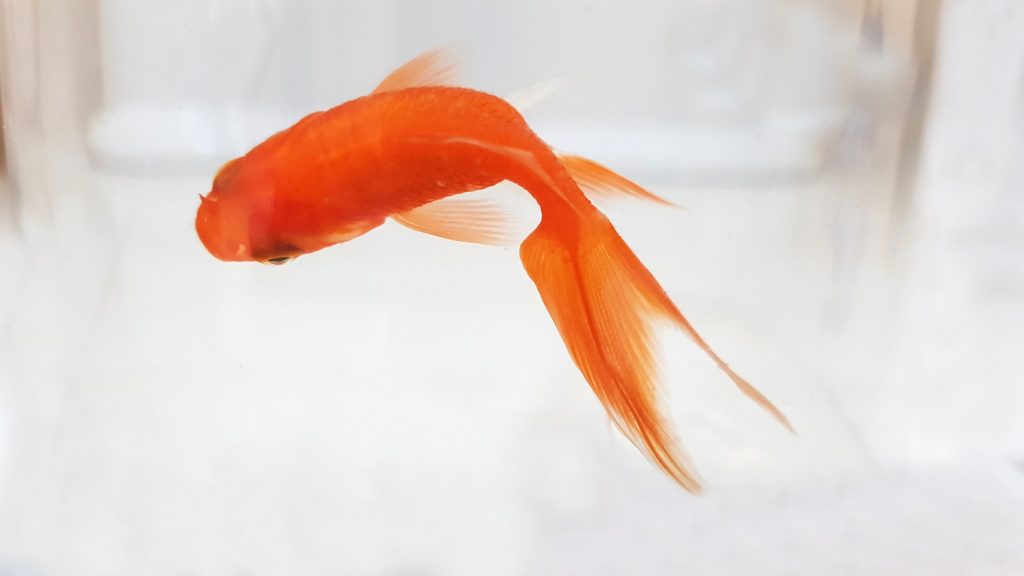
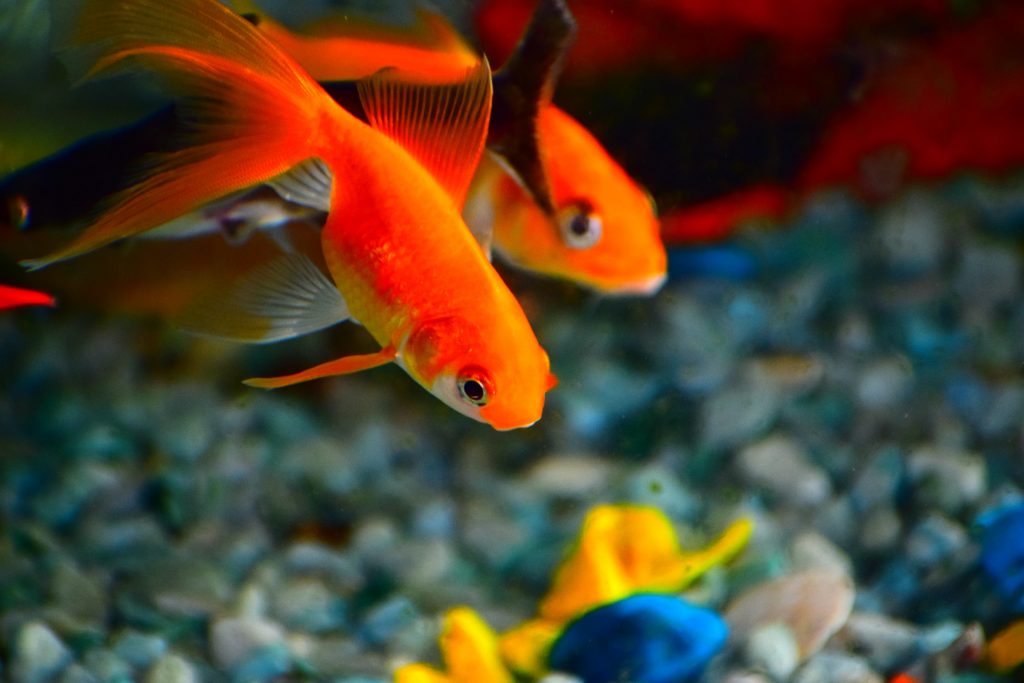
So, Is Your Goldfish Happy?
Common goldfish require an aquarium of at least 200 litres. A 350-litre aquarium would be more appropriate. To put this into context, many commercially available ‘starter’ aquariums frequently sold as suitable for goldfish have a water volume of just 10-20 litres.
Goldfish Myths
On the subject of small ‘starter’ aquariums, the idea that goldfish only grow according to their bowl or tank size is, of course, a myth. At best, they become grossly stunted, vastly reducing their lifespan. At worst, they die as a direct result of poor conditions and the stress caused.
Furthermore, goldfish aren’t unintelligent and don’t have a three-second memory. This falsehood is another myth perpetuated over the years and an added reason why pet goldfish routinely receive incorrect care.
Many responsible goldfish owners will tell you that their pets recognize them and remember when and where they’ll be fed each day in their tank or pond.
Goldfish Essentials
For any goldfish kept in an aquarium, above and beyond providing a suitably sized home, they also require appropriate filtration of their water, coupled with regular water changes.
Goldfish are greedy and poop more than most fish, so this helps to keep their water clean and healthy. Ideally, owners should replace around 30% of an aquarium’s volume with fresh water every week.
A suitable substrate, hiding places, and plants—either real or silk replicas—will also help make a goldfish feel more at home. Lighting on a timer helps, too, as does some form of temperature control if significant fluctuations are a possibility.
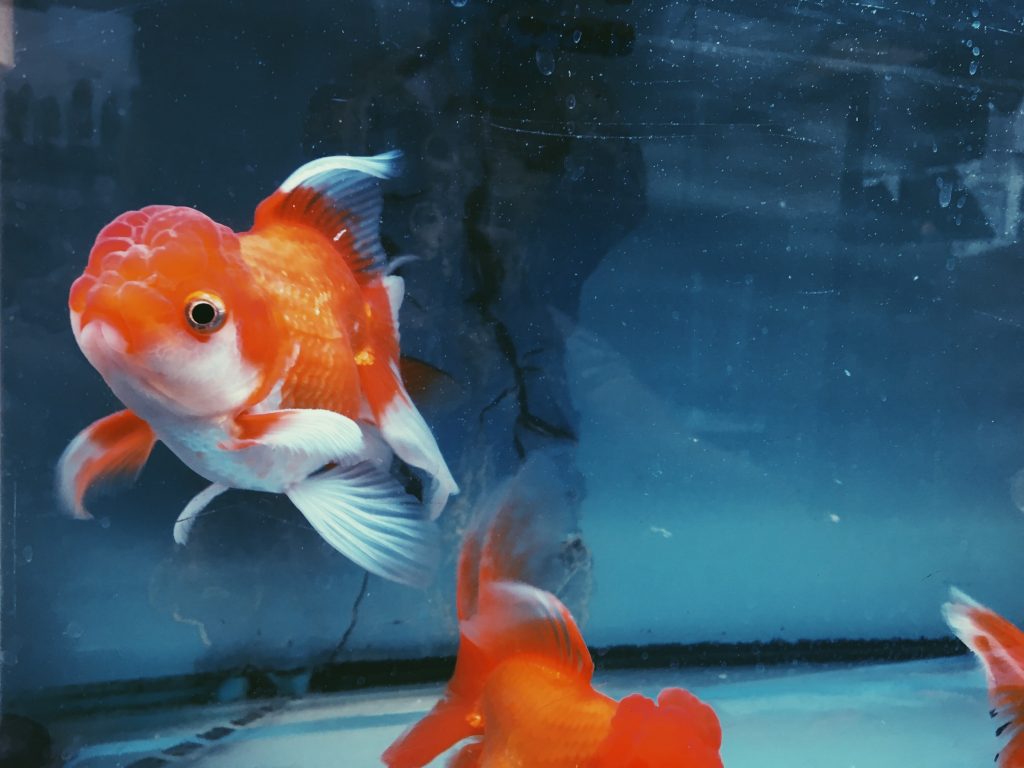
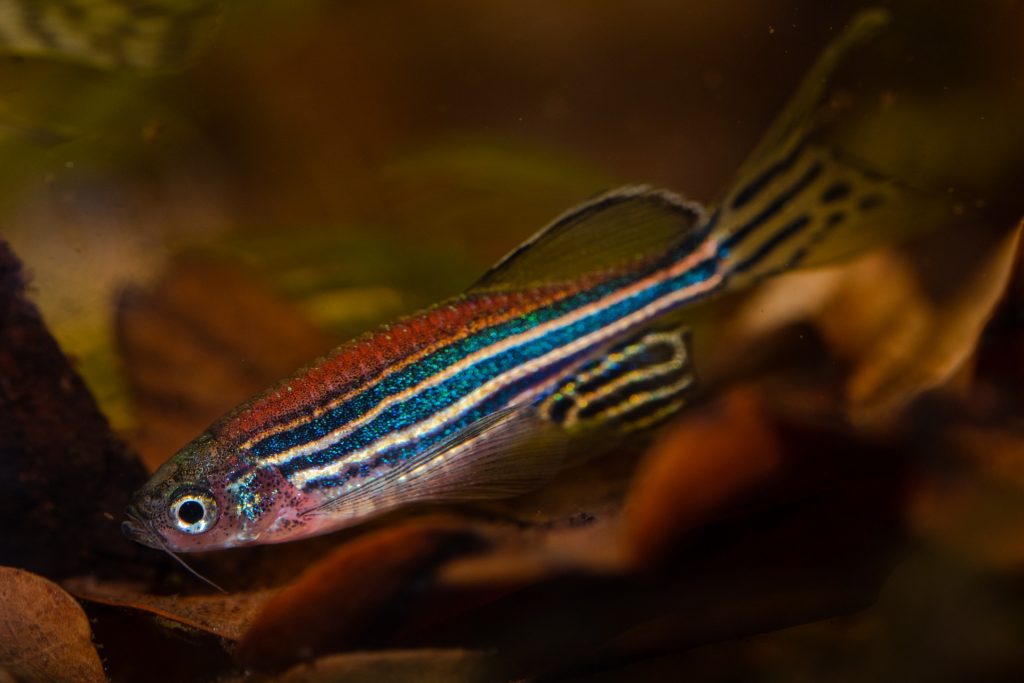
More Suitable Alternatives
So-called fancy or double-tailed goldfish varieties make better aquarium inhabitants than their common cousins. These include fantail, veiltail, oranda, pearlscale, telescope, and lionhead goldfish.
However, they still require the same essentials and, though smaller, are best suited to an aquarium of 120 litres or larger.
In smaller aquariums, other cold water and temperate fish species such as rosy barbs, zebra danios, and rainbow shiners should be explored instead, and, properly looked after, will likely live a long, happy, and healthy life in your care.
